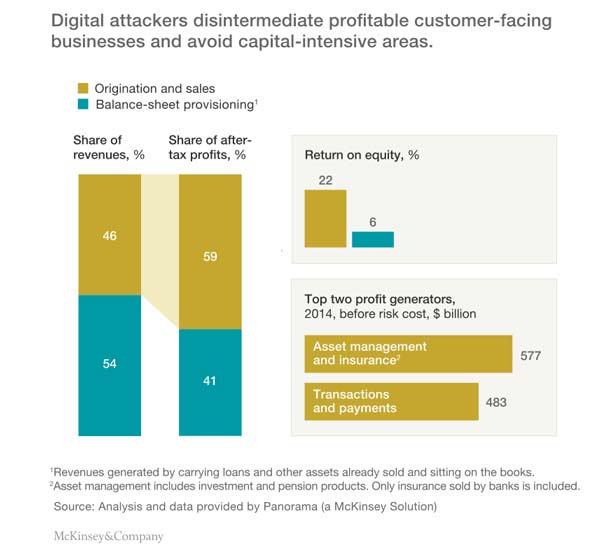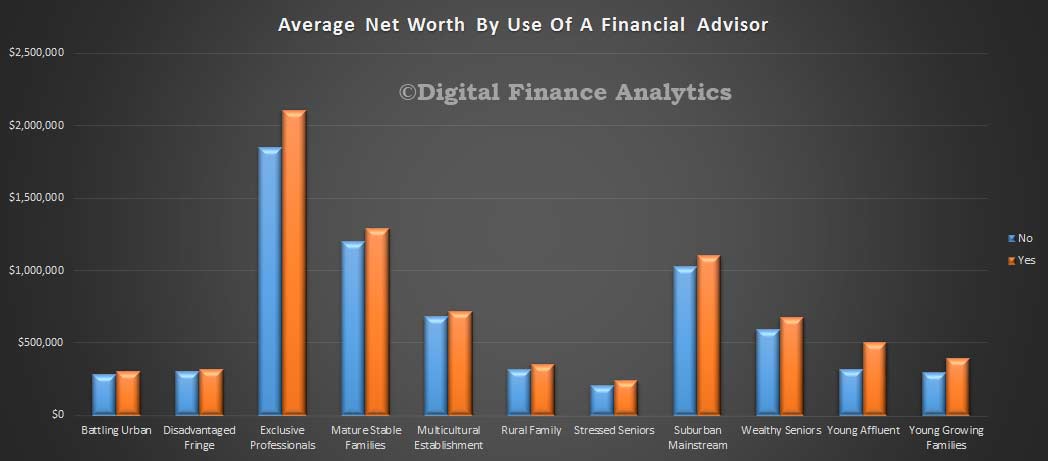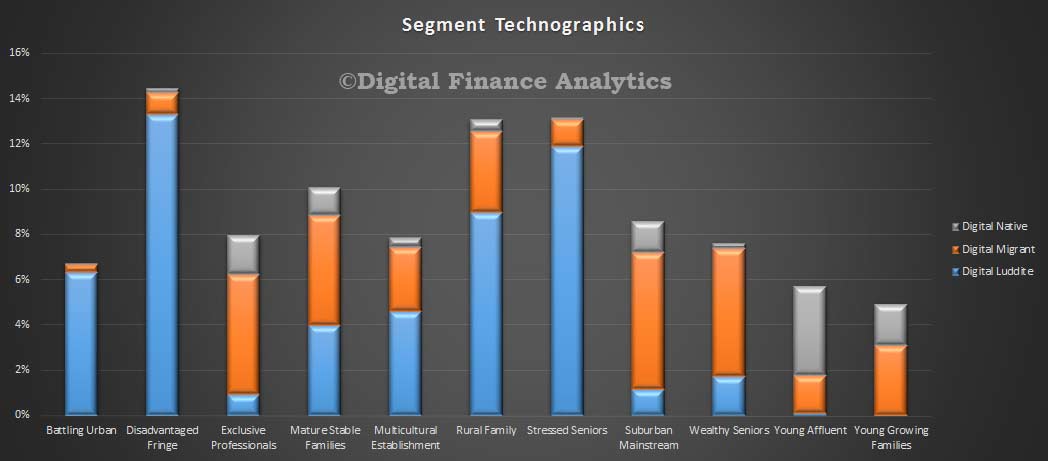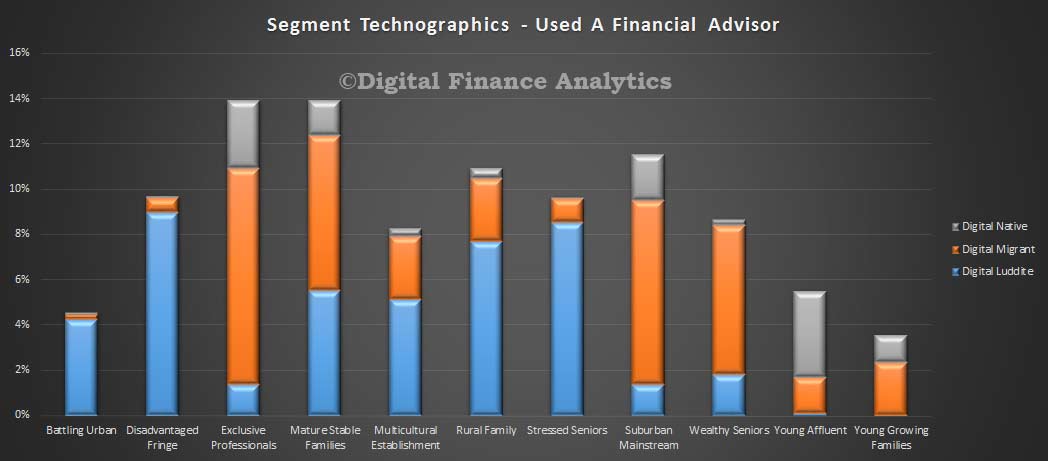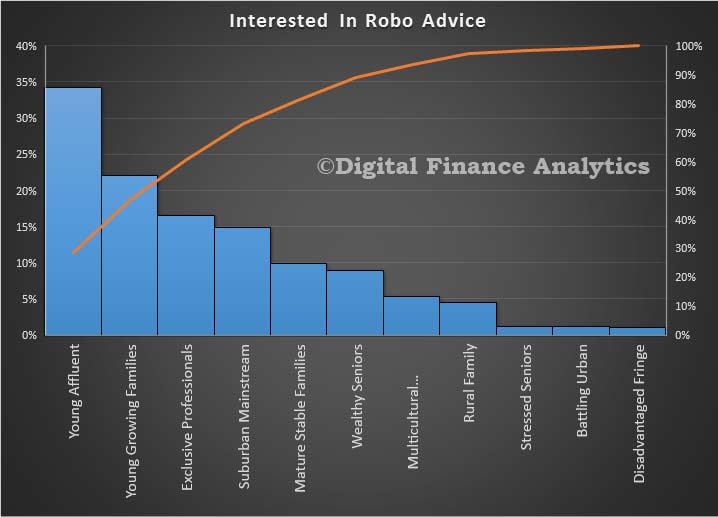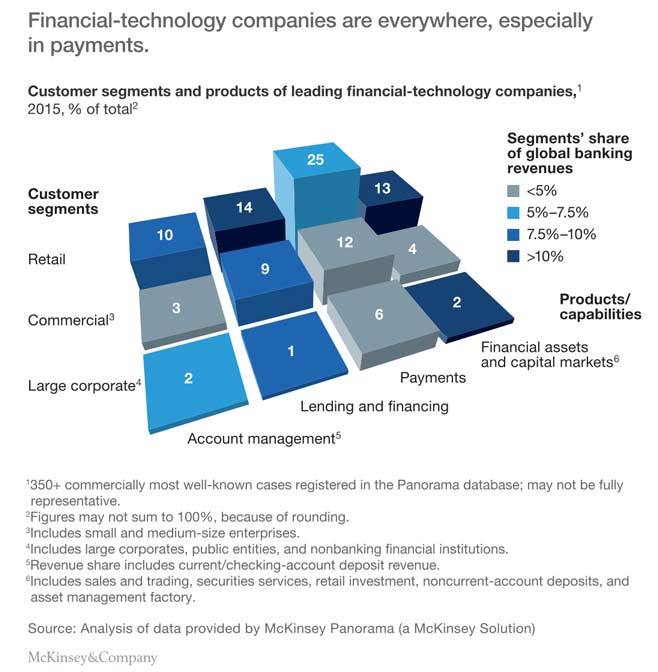ASIC today provided a further update on its Innovation Hub. ASIC’s Innovation Hub has now been operating for just over a year and is continuing to assist financial technology (fintech) start-ups navigate the regulatory framework.
See the Background section of this release for an overview of the Innovation Hub activity, which involves a comprehensive program of engagement with industry initiatives, providing tailored guidance and a significant range of support measures.
Commissioner John Price said that, ‘ASIC will continue to prioritise assistance to fintech start-ups to promote market efficiencies and benefits for consumers and investors. We will build on our first year’s Innovation Hub experience with a variety of initiatives.’
In June, ASIC will issue a public consultation paper on a proposed regulatory sandbox licensing exemption and other measures. Important features of the proposals are set out below but will be described in detail in the consultation paper.
‘This consultation paper will seek feedback on additional steps that ASIC may take to facilitate fintech innovation while maintaining protections to ensure investor and consumer trust and confidence’. Mr Price said.
‘ASIC’s consultation proposals have been prepared after input from representatives of the fintech industry (including ASIC’s Digital Finance Advisory Committee and the Treasurer’s FinTech advisory group)’, he added.
Consultation paper – additional steps to facilitate fintech innovation
In ASIC’s upcoming Consultation Paper, we will seek feedback on proposals to provide:
- greater clarity and guidance on how we assess whether new businesses have the skills and experience required to be granted a licence from ASIC (especially where that business seeks to rely on Option 5 in Regulatory Guide 105 Licensing: Organisational competence);
- additional flexibility around the skills and experience requirements – including whether some licensees with restricted authorisations should be able to rely more on appropriate third parties to show they have the ‘organisational competence’ required to be granted a licence; and
- a class-wide licensing waiver for new businesses to run early-stage tests and trials (the ‘regulatory sandbox exemption’).
Important features of the regulatory sandbox exemption to be consulted on will include:
- a six-month window for testing of certain financial services conducted without the need for a licence;
- restrictions on the types of services that can be provided in a testing capacity and the products those services can relate to (for example, advice and dealing in relation to liquid investments);
- an ability for sophisticated investors to participate, along with a limited number of retail clients (e.g. up to 100 retail clients), as well as separate monetary exposure limits for those clients;
- consumer protections, such as membership of an external dispute resolution scheme and adequate compensation arrangements that should apply; and
- modified conduct and disclosure obligations that will apply to the testing business.
“ASIC anticipates that the proposed regulatory sandbox exemption may bring better financial services to market quicker while being mindful of consumer protection concerns,” Mr Price said.
Background: ASIC’s Innovation Hub (what have we done to date)
The Innovation Hub has five elements:
-
Engagement with other fintech initiatives, including physical hubs and co-working spaces for startups. ASIC has had over a 100 meetings with stakeholders (including existing licensees) and presented at a range of fintech ‘meetups’ including recently with four other regulators.
-
Informal assistance – ASIC helps new businesses consider the important regulatory issues. Eligible businesses can request guidance from ASIC through our website (innovationhub@asic.gov.au). ASIC has worked with over 80 entities, including 55 that have requested assistance from ASIC. Of these, 14 have now been granted a new licence to operate a financial services or credit business.
-
A dedicated website – the ‘Innovation Hub’ webpages provide tailored guidance and signposts for innovative businesses to access information and services targeted at them.
-
Coordination – ASIC has established an overarching senior internal taskforce to coordinate our work on new business models. The taskforce draws together dispersed knowledge and skills from across ASIC. This taskforce is complemented by internal working groups on automated financial advice (roboadvice), digital marketplace lending, equity crowdfunding and blockchain technology.
-
Establishment of the Digital Finance Advisory Committee (DFAC) to provide ASIC with advice on its efforts in this area. DFAC is about to have its fourth quarterly meeting. Members of DFAC are drawn from across the fintech community, as well as academia and consumer backgrounds. Other financial regulators are observers on DFAC.

